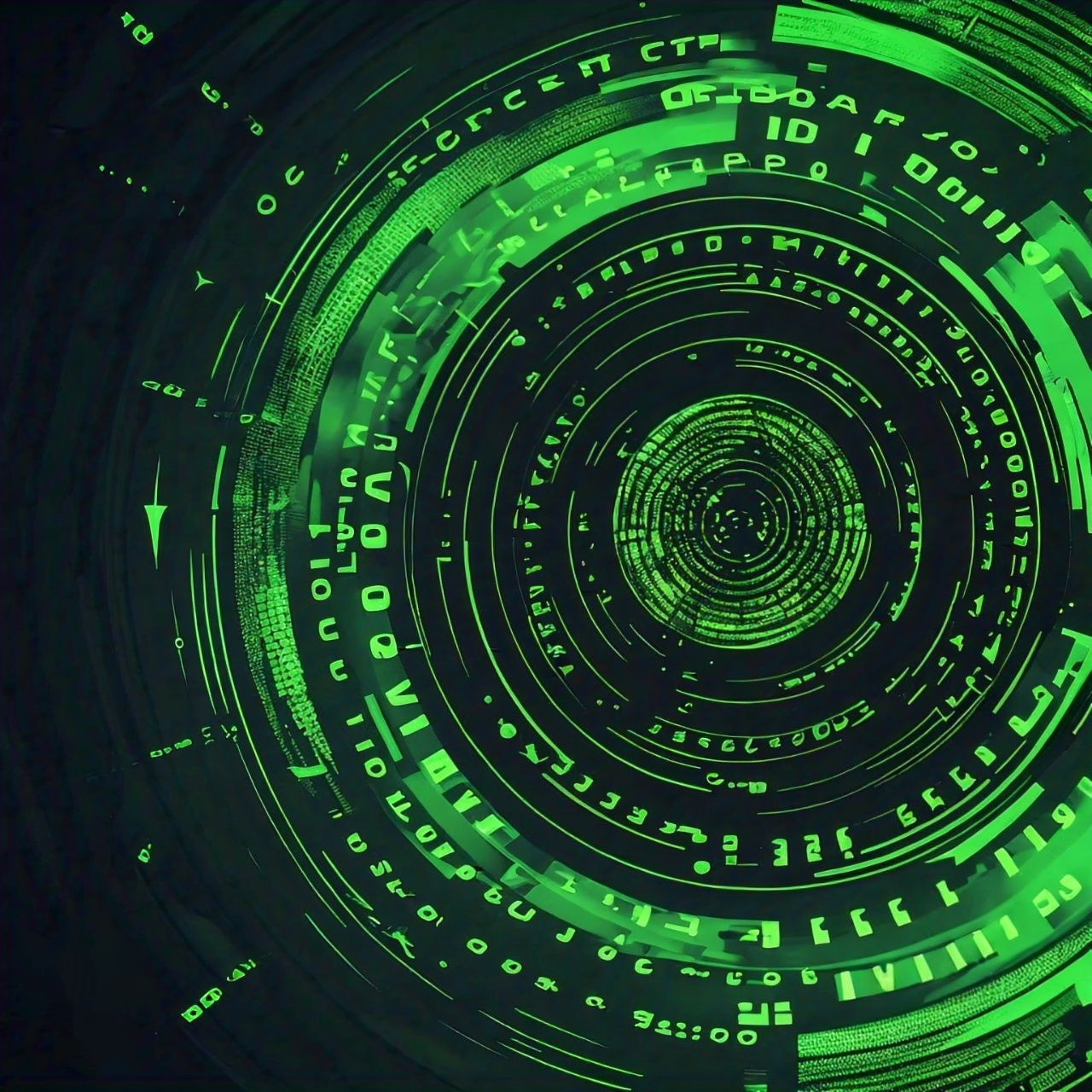The automotive industry, once considered a safe haven from cyberattacks, has become a prime target for malicious actors. Recent data breaches involving Toyota highlight the growing threats facing this sector and the urgent need for enhanced cybersecurity measures.
The Unfolding Breaches at Toyota
In a troubling series of events, Toyota disclosed multiple cybersecurity breaches, the most recent being in November 2023, when a Medusa ransomware attack compromised its European and African systems. This incident followed an earlier breach in which millions of customers' personal information and car-location data were exposed due to long-standing misconfigurations in the company’s cloud services. Alarmingly, backup access to critical data servers was reportedly obtained by attackers after exposed files were discovered during the holiday season in December 2022.
Despite Toyota’s assurances that these leaks were limited in scope and that steps were being taken to mitigate the damage, the frequency of these breaches raises serious concerns about the company's cybersecurity practices.
Expert Commentary: The Need for a Multi-Layered Cybersecurity Approach
Dr. Howard Goodman, Technical Director at Skybox Security, weighed in on the situation, emphasizing that the automotive industry must adapt to the evolving landscape of cyber threats. “The recent breaches at Toyota are a stark reminder that no organization is immune to cyberattacks, regardless of size or resources,” Dr. Goodman said. “Traditional cybersecurity measures are no longer sufficient on their own. Companies need to adopt a multi-layered approach to cybersecurity.”
Dr. Goodman advocated for the integration of Cyber Threat Exposure Management (CTEM) and attack path analysis as part of a robust cybersecurity strategy. “CTEM allows organizations to continuously assess their security posture, identify vulnerabilities across their attack surface, and prioritize remediation efforts based on potential threat impact. This proactive approach is critical in staying ahead of cybercriminals.”
Key Strategies for Strengthening Cybersecurity
To safeguard against future breaches, companies in the automotive sector—and beyond—should consider implementing the following strategies:
Cyber Threat Exposure Management (CTEM): Continuously monitor and assess vulnerabilities, ensuring that security measures are up-to-date and effective in mitigating potential threats.
Zero-Trust Architecture: Adopt a zero-trust model, which assumes that every user, device, and system poses a potential threat, enforcing strict access controls and minimizing the risk of unauthorized access.
Network Segmentation: Limit the lateral movement of attackers by dividing the network into smaller, isolated segments. This approach reduces the likelihood of widespread data breaches.
AI-Driven Threat Detection: Leverage artificial intelligence and machine learning to enhance real-time threat detection capabilities, allowing for swift identification and response to anomalous activities.
Identity and Access Management (IAM): Implement the principle of least privilege, ensuring that users and systems have only the minimum access required for their roles. This reduces the attack surface and limits potential damage.
Regular Security Audits and Penetration Testing: Conduct regular security audits, vulnerability assessments, and penetration testing to identify and address weaknesses before they can be exploited.
Moving Forward: Toyota’s Cybersecurity Challenge
Toyota’s recent breaches serve as a critical wake-up call for the automotive industry and organizations at large. As cyberattacks grow more sophisticated, the need for a comprehensive, multi-layered cybersecurity strategy becomes increasingly evident. By integrating advanced technologies and best practices, companies can better protect sensitive data and maintain the trust of their customers.
The cost of failing to implement robust cybersecurity measures far outweighs the investment required. As Dr. Goodman aptly stated, “The automotive industry must take immediate action to bolster its defenses and safeguard against the ever-evolving threat landscape.”
This version continues to emphasize the importance of proactive and layered cybersecurity measures, particularly in the wake of significant breaches like those experienced by Toyota.
Source: spiceworks





No comments:
Post a Comment